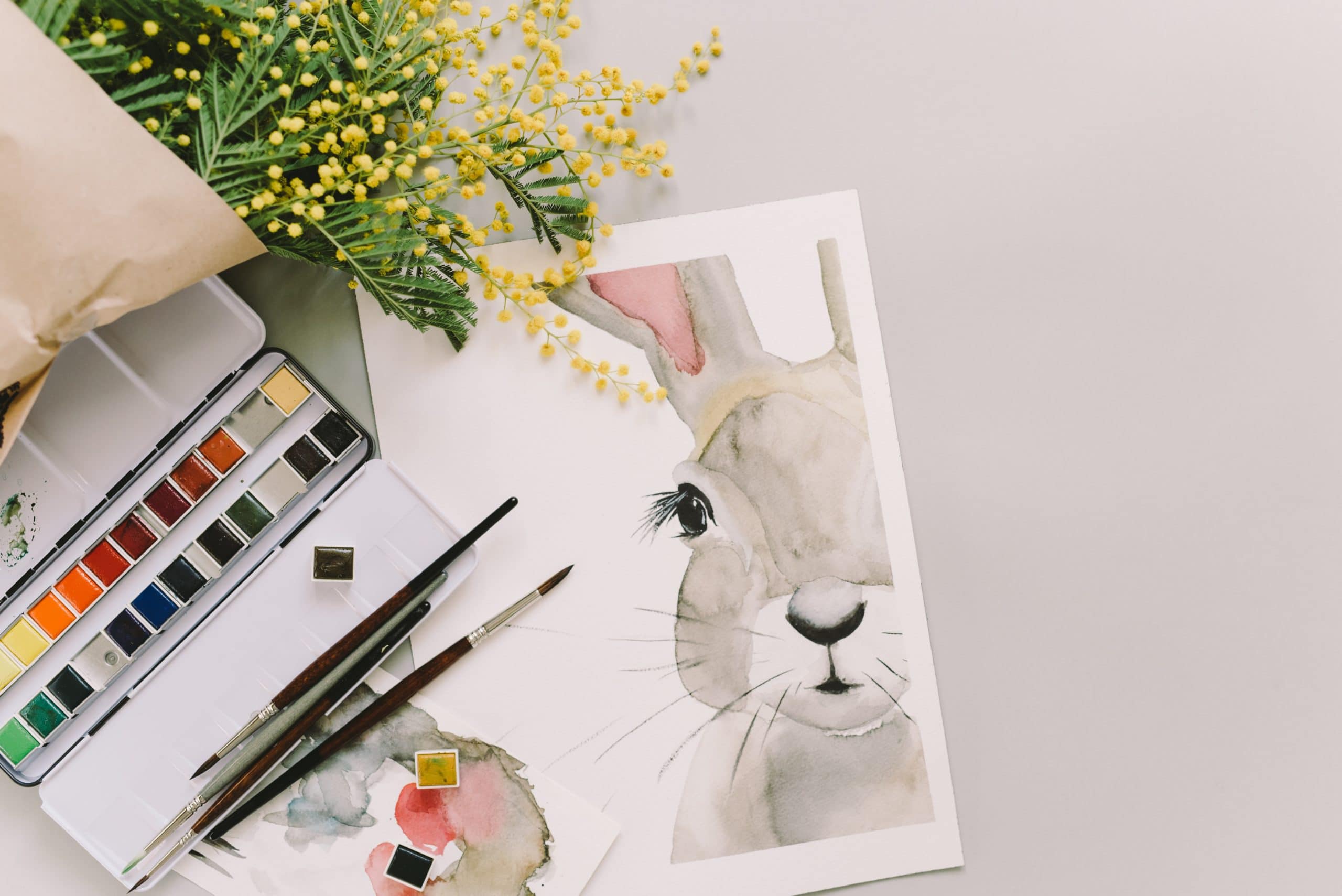Feelings
“Feeling” is described as mental and physical sensations; in other words, it is a conscious experience. Feelings are generated as we internalize our emotions and as we begin to make sense of them. For example, I feel happy when I can finally see my grandmother after the lockdown and give her a warm hug; or I feel sad and jealous and angry when I hear my mother giving more praise to my sister’s accomplishment than to my success.
Emotions
Emotion, on the other hand, is an immediate bodily response to perceived stimulus. Our bodies release chemicals according to our interpretation of a specific trigger. Our brain takes only split seconds to identify triggers and produce the emotion chemicals to be released into our bodies. These chemicals form feedback loops between our brains and bodies. For example, my happy emotion is a brain and body connection formed by seeing (visual stimulus) and touching (tactile stimulus) of my grandmother and my brain releasing of oxytocin, a hormone (chemical) that regulates bonding and love.
While feelings are always at our conscious level, we may not always be consciously aware of our emotions. They could be buried or disguised.
Unmanageable Feelings
As we carry on our daily lives, sometimes unsuspectingly, we may be ambushed by unpleasant triggers that apparently have come out of nowhere. These triggers could then steer us on an emotional journey that is challenging for us to navigate. We might feel helpless when we can’t get a handle on all the feelings we are experiencing.
When feelings are unmanageable, we may experience anger outbursts, anxiety, depression, thoughts of self-harm, substance use, and other self-damaging behaviors. If these unmanageable feelings persist, our quality of life, our work/home, social and personal relationships would suffer.
Taming my Big Feelings
Imagine you are roasting marshmallows on a cozy campfire but suddenly someone knocked over a bottle of wine and spilled it into the fire causing it to explode. Probably the first thing you want to do would be to back away from the fire, keeping a safe distance from it. Then you would look for a bucket of water to control the fire. Perhaps the most important thing to do when experiencing overwhelming feelings is to be able to back away. This safe distance would allow you to recognize what has happened, observe your feelings, accept your feelings, and then reappraise the situation to find a solution.
Below are a few easy-to-follow steps on how we can apply grounding technique to help us get a handle on our feelings.
- “Back away” by practicing slow, deep breathing immediately when experiencing strong feelings. For example imagine your breath is like an ocean wave rolling in the shore as you inhale and slowly receding back into the ocean as you exhale. Then repeat this breathing pattern as many times as you need to feel calm.
- Create more distance by turning your focus and energy on something else—--instead of focusing on feeling frustrated waiting in a long line in grocery store, you listen to your favorite playlist on your phone.
- Name your feelings——what is it that I am feeling? You may want to make a drawing of your feeling, giving it a shape, a name, a sound (a roar or a whimper…etc.), what was it saying to you? You may also want to keep an emotion journal to keep track of your feelings daily.
- Accepting your feelings without judgement——with self-compassion, say to yourself it is totally ok that I have this feeling. Your feelings are often your inner guide. Ask yourself “what is my feeling trying to tell me?”
- Reappraise and reframe——Is there another way of looking at this situation?
Helping children Taming the Big Feelings
When children exhibit temper tantrums or express big feelings that are seemingly out of control:
- Coach them to do slow deep breaths-imagine you are blowing a balloon, with each breath, it gets bigger. When it is big enough, tie a knot and let it float away.
- Invite children to draw their feeling(s)—What does it look like? Does it have a name? Does it make any sound? What does it say to you?
- Reassure them that it is ok to have strong feelings
- Ask “What would _______name of feeling_______ need to do to feel safe and comfortable?”. Draw or use playdoh to create that place where _______name of feeling_______ will feel safe.
At Anderson Therapy Services, we support adults and children experiencing a wide range of mental health concerns. Our Registered Psychotherapists are trained in a variety of techniques, including Art Therapy, to help clients express and process their emotions and anxiety with, or without words. You can learn more about Art Therapy at Anderson Therapy Services here: https://andersontherapy.ca/services/art-therapy/
If you would like to set up a free 15-minute consultation with one of our therapists, please contact us at info@andersontherapy.ca.






